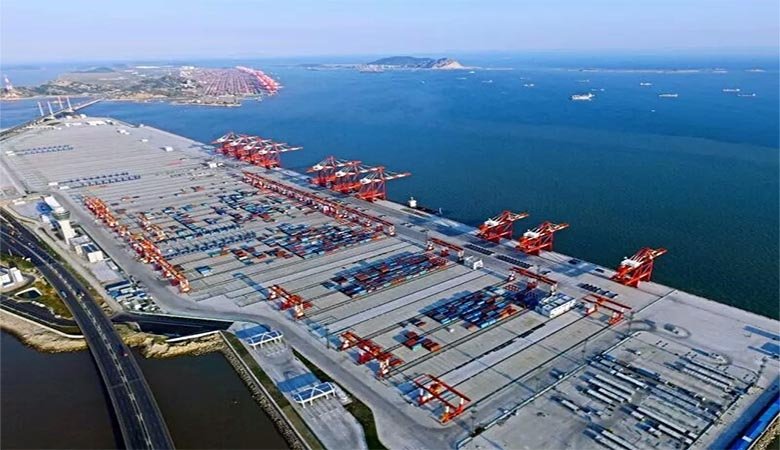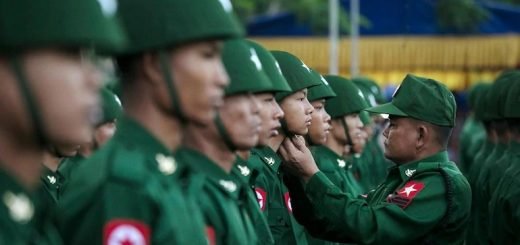CPEC: A Turning Point in Sino-India Diplomacy?

The dream project of Chinese President Xi Jinping is to connect China to the world and revive the 2000 years old silk route which was conceptualized during the reign of the Han Dynasty in China. Since 2013, China has successfully convinced 140 nations and about 32 international organizations including some major development banks about the future economic prospects of the one belt one road initiative which later became the Belt and Road Initiative. The BRI comprises many smaller flagship projects in different regions of the world related to energy, trade, and infrastructure. The 3000 km long China-Pakistan economic corridor (CPEC) is a bilateral flagship project under BRI. The BRI project has also been called the “silk route of the 21st century”. The CPEC project primarily aspires to connect China’s Xinjiang Autonomous Region with Pakistan’s Gwadar port in the Baluchistan region. This project also aims to establish a robust energy infrastructure to provide a conducive environment for future economic growth in the area. To enhance the connectivity under CPEC, both countries might also undertake the construction of railroads and pipelines. Connectivity to Gwadar port can significantly boost China’s economy, connecting it to African nations and easing trade in the Indian Ocean region.
There are 16 ongoing projects related to infrastructure and energy development costing around US$ 65 billion under CPEC. China claims that these projects are expected to bring enormous economic as well as social benefits in Afghanistan, India, and Iran too. India views things from a different perspective and views it as an imminent Chinese threat in the region. The main point of contest between India and China in the context of this project is the passing of the CPEC corridor through Pakistan-occupied Kashmir (PoK) which is a contested region between India and Pakistan since 1947-48. This has been considered significant trespassing by China and hurts the sovereignty of India. The part is also of strategic importance to India as it is its passage to western and central Asia, construction of CPEC would create a choke point around that passage. Construction of highways and motorways would also mean an increase in the influx of militants in the Kashmir valley which would pose a great internal security threat to India. It is only in recent years that India has curbed militancy and insurgency in the Kashmir valley and there has been a significant downfall in terrorist activities. The Galwan valley clash in 2020, and regular incursion attempts by the People’s Liberation Army (PLA) in Arunachal Pradesh and Ladakh have also increased the mistrust and tough times in the foreign relation between the two countries. It would be in India’s best interest to not let its two biggest enemies unite and have good lines of communication.
The success of this project at present is in a precarious state. The economic crisis in Pakistan and civil unrest have made Chinese companies question their investments in Pakistan. In recent times there is a significant rise in attacks on Pakistani Security forces in the area by Baluch rebels who have not held themselves back from attacking Chinese engineers and workers also. The aggression by TTP on the north-western frontier poses another threat to Chinese investments. Sindh is struggling with civil unrest and protests. The instability and threat along with continuous delays have caused frustration and have pushed the Pakistani Government to request for dissolution of the project. There was some ray of hope when the Guangzhou Institute of Software Application Technology (GZIS) and Pakistan’s premier institute of technology- NSUT, came into collaboration and developed an AI lab. With this initiative last year China-Pakistan Digital Corridor (CPDC) was inaugurated by President Xi Jinping. This was a way forward in Pakistan’s endeavour of developing Smart cities under its Future Digital Blueprint. But it is still a matter of speculation whether this project succeeds and acts as a catalyst for CPEC or it gets shunted due to political and economic instability and internal security issues in Pakistan.



















